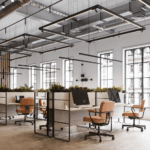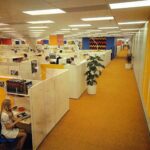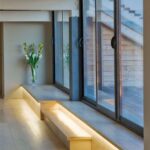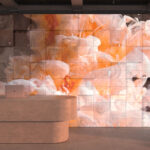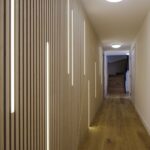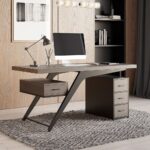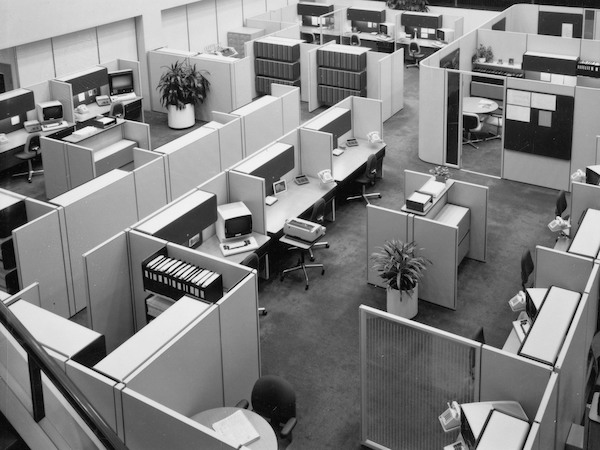
Office cubicles are small, semi-enclosed workstations that are commonly found in office buildings and corporate environments. These modular workspaces are typically made up of dividing walls, panels, and partitions that create individual work areas for employees. Cubicles are designed to provide employees with privacy and a dedicated space to work, while still allowing for collaboration and communication with colleagues. They come in a variety of sizes and configurations, ranging from simple desk setups to more complex multi-level designs. Cubicles can be customized with a variety of features such as overhead storage bins, task lighting, file cabinets, and adjustable work surfaces to suit the specific needs of each employee. While some view cubicles as restrictive and isolating, others see them as a practical solution for maximizing space and promoting productivity in a busy office environment. Overall, office cubicles continue to be a popular choice for many businesses looking to create a functional and efficient workspace for their employees.
Office cubicles have been a staple in the modern workplace for decades. These small, partitioned workspaces provide employees with a sense of privacy and separation from their colleagues, while still allowing for easy communication and collaboration. Cubicles are typically made of lightweight materials such as vinyl or laminate, and can be easily customized to suit individual needs and preferences.
One of the main advantages of office cubicles is their ability to maximize space efficiency. By arranging cubicles in a grid-like pattern, employers can fit more employees into a given area without sacrificing comfort or functionality. This makes cubicles a cost-effective solution for businesses looking to make the most of their office space. In addition, cubicles can also help reduce noise levels and distractions, allowing employees to focus on their work and be more productive.
Despite their many benefits, office cubicles have come under scrutiny in recent years for their potential negative impact on employee morale and productivity. Some workers feel isolated and confined in their cubicles, leading to feelings of claustrophobia and disconnection from their colleagues. In response to these concerns, many companies have started to adopt an open-office layout, which promotes collaboration and creativity by removing physical barriers between employees. While open offices have their own set of challenges, the trend towards more open and flexible workspaces is likely to continue in the future.
 Decor ideas Style Starts Here
Decor ideas Style Starts Here

